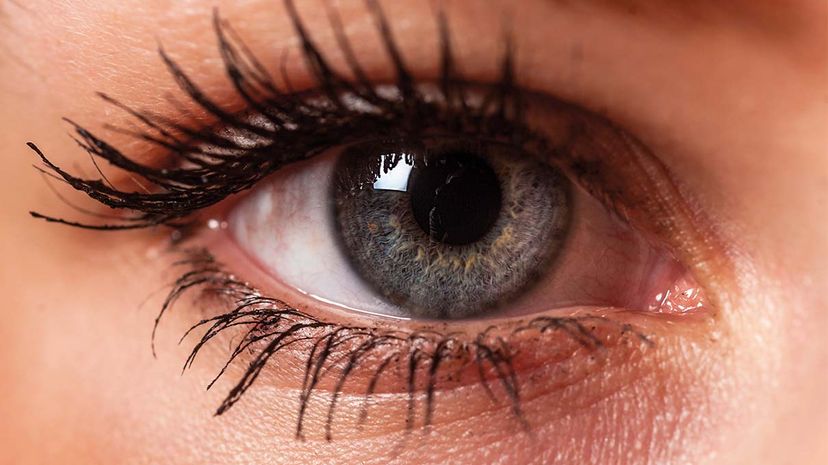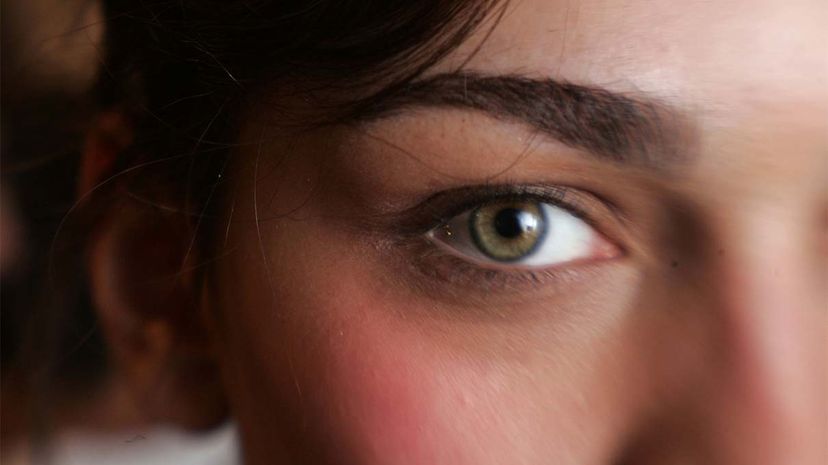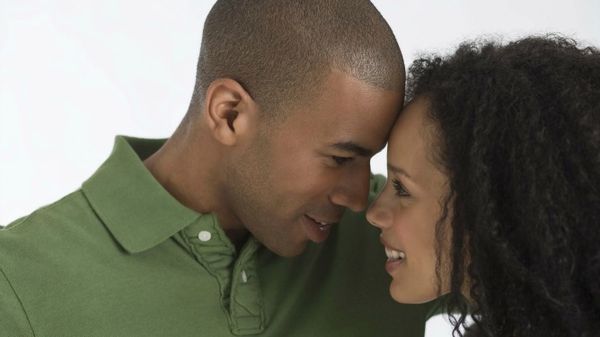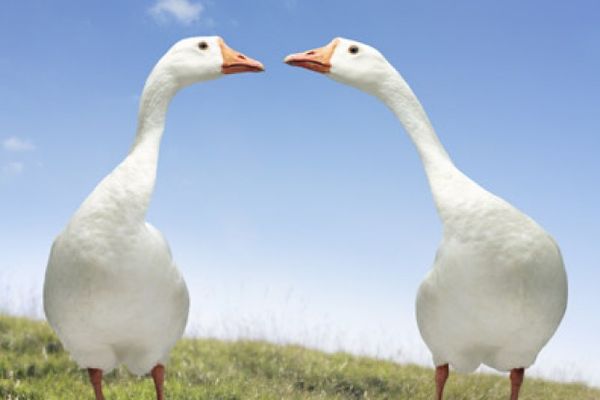
The eyes' romantic depiction as the windows to the soul isn't just the stuff of whimsical verse. Sure, the word pupil comes from a Latin word, pupilla, that means "little doll," referencing how those storied orbs produce miniature, doll-like reflections of people in their sightline, much like shiny sunglasses lenses [sources: Merriam-Webster]. But your pupils — the vacillating openings at the center of your irises, the colored parts of your eyes that regulate the amount of light that enters — indeed mirror more than what's on the outside.
The Iris muscles that create the contraction and dilation of your pupils are controlled by the autonomic nervous system, which is also responsible for other uncontrollable reactions like goose bumps and heart rates. Inside the eyeball, the dilator and the sphincter muscles play the iris tissue like an accordion to the tune of light [sources: Swaminathan, VisionWeb]. But light isn't the only thing orchestrating when the pupils dilate or contract. Humans' inborn fight or flight response, triggered by the parasympathetic nervous system — a subset of the autonomic nervous system — also manifests in our irises. Back in the 1870s, Charles Darwin linked the pupils to emotions such as fear or surprise. [source: Stern, Ray and Quigley].
Advertisement
About a century later, scientists discovered that pupils also pop when we experience emotions on the sunnier end of the spectrum. In a 1965 Scientific American magazine article, psychologist Eckhard Hess described an intriguing experiment. While showing his research assistant James Polt a series of photographs, Hess tracked changes in the diameter of Polt's pupil size. Lo and behold, Polt's pupils enlarged most dramatically when a picture of a nude woman flashed before his eyes, leading Hess to hypothesize that sexual arousal stimulates the pupils [source: Stern, Ray and Quigley]. Further experimentation found heterosexual people's pupils dilated when staring at opposite-sex nudes, whereas homosexual participants exhibited that pupillary response when looking at same-sex nudes, offering further confirmation of a link between sexual interest and dilation [source: Andreassi].
Additionally, other researchers noticed a compelling clue about how the eyes may influence physical attraction. Not only did pupils dilate in response to titillating material, but men also rated female faces with larger pupils as more attractive than those looking back with fuller irises [source: Murphy].
Advertisement



